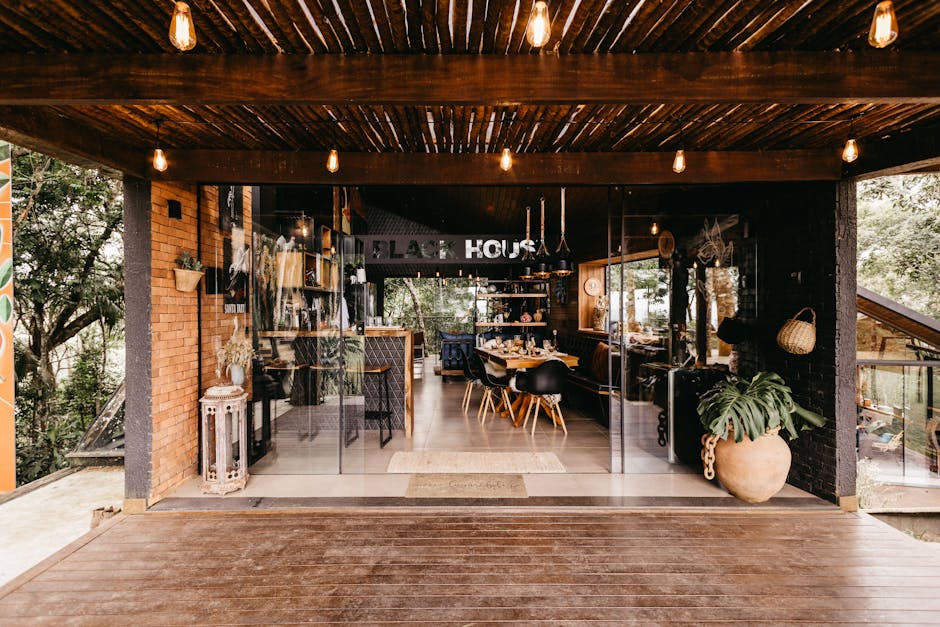Modern Prefab Home Solutions: Innovative, Efficient Designs
Modern prefab homes have become a significant innovation in the housing industry, offering efficient, cost-effective, and sustainable solutions for contemporary living. These homes are constructed in a controlled factory environment, allowing for precision and quality while reducing construction time and waste. Prefabricated designs cater to a wide range of preferences, from minimalist urban dwellings to luxurious countryside retreats, making them an appealing choice for diverse homeowners.

With advancements in technology and design, prefab homes are no longer seen as simplistic or temporary structures. Instead, they represent a shift toward smarter, eco-friendly construction methods that align with modern lifestyles. Prefab housing options often incorporate cutting-edge materials and energy-efficient features, meeting the demand for both functionality and style. The appeal lies not only in the reduced environmental impact but also in the flexibility of customization and scalability these homes provide.
What Are Prefab Homes?
Prefab homes, short for prefabricated homes, refer to houses built off-site in sections or modules. These sections are then transported to the final location for assembly. This method contrasts with traditional on-site construction, where all building activities occur at the home site. There are several types of prefab homes available:
- Modular Homes: Built in sections (modules) that are joined together on-site.
- Panelized Homes: Walls and roof panels are fabricated off-site and assembled on location.
- Pre-Cut Homes: Materials are pre-cut to exact specifications and delivered for on-site assembly.
- Container Homes: Made from repurposed shipping containers and designed for residential use.
The choice of prefab type depends on factors such as budget, design preferences, and intended use. Regardless of the type, all prefab homes share common benefits like reduced construction time, cost savings, and sustainability.
Benefits of Modern Prefab Homes
Modern prefab homes offer numerous advantages over traditional construction methods. Here’s a breakdown of some key benefits:
- Time Efficiency: Prefab homes take significantly less time to build compared to conventional homes. Factory-built components can be completed simultaneously with site preparation.
- Cost-Effectiveness: Controlled production processes reduce material waste and labor costs.
- Sustainability: Many prefab manufacturers prioritize eco-friendly materials and energy-efficient designs.
- Customizability: Buyers can choose from various layouts, finishes, and features to match their lifestyle needs.
- Quality Control: Factory settings ensure consistent quality standards and precision engineering.
Sustainability and Eco-Friendly Features
Sustainability is a major driving force behind the popularity of prefab homes. These residences often incorporate green building practices and materials that minimize environmental impact. Common eco-friendly features include:
- Energy-Efficient Appliances: Prefab homes often come equipped with energy-saving systems such as solar panels or smart thermostats.
- Sustainable Materials: Many manufacturers use recycled or renewable resources like bamboo flooring or reclaimed wood.
- Reduced Waste: Precision manufacturing reduces excess material waste during production.
The emphasis on sustainability makes prefab homes an ideal choice for environmentally conscious buyers looking to reduce their carbon footprint while maintaining comfort and style.
The Role of Technology in Prefab Housing
The integration of technology has transformed prefab housing into a sophisticated sector capable of meeting modern demands. Advanced design software allows architects to create highly detailed models, ensuring accuracy before production begins. Many prefab homes include smart home technologies such as automated lighting systems, voice-controlled devices, and advanced security features.
An example of technological innovation is the rise of 3D-printed components used in modular home construction. Companies like ICON have pioneered 3D-printed homes that significantly lower costs while speeding up production times (iconbuild.com). Such advancements highlight how technology continues to enhance the efficiency and appeal of prefab living solutions.
Challenges in Adopting Prefab Solutions
While prefab homes offer numerous advantages, there are challenges that potential buyers should consider. Transportation logistics can be complex when moving large modules or components over long distances. Zoning laws and building codes may vary by location, requiring thorough research before committing to a prefab solution. Financial institutions may also be less familiar with funding prefab projects compared to traditional mortgages, though this is gradually changing as awareness grows about these innovative housing options.
The importance of choosing a reputable manufacturer cannot be overstated. Homebuyers should verify credentials and seek reviews or references before investing in a prefabricated structure.
With benefits ranging from sustainability to cost savings, these innovative designs cater to a wide range of needs while addressing some of the most pressing challenges in contemporary housing. As technology continues to improve manufacturing techniques and materials, the appeal of prefabricated living spaces will likely only grow stronger among homeowners seeking practical yet stylish alternatives to traditional construction methods.
